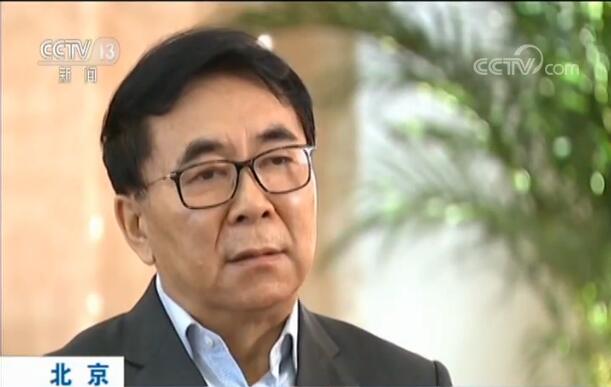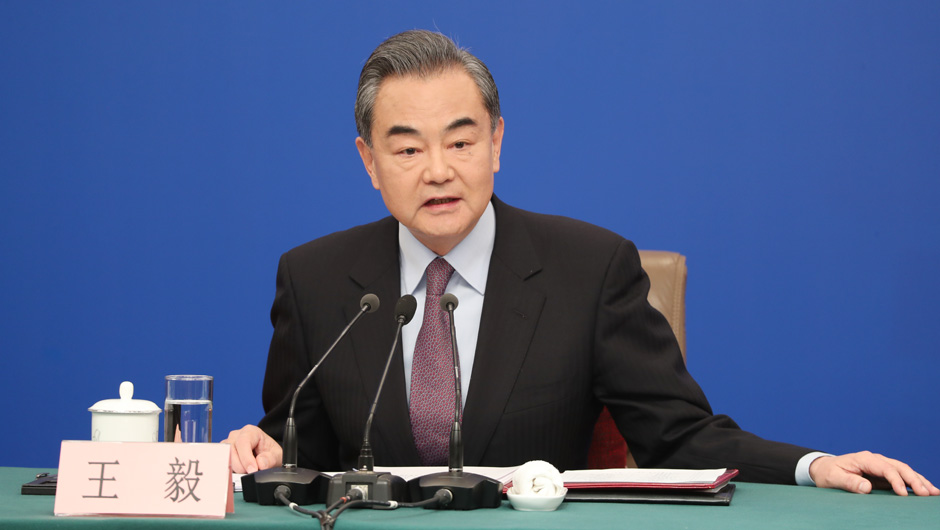Iterative innovation of manned space technology in China makes astronauts "feel good"
On June 4th, the return capsule of Shenzhou XV manned spacecraft landed successfully at Dongfeng landing site, and all astronauts Fei Junlong, Deng Qingming and Zhang Lu got out safely and smoothly.
Shenzhou series spaceships are the "boats of life" for astronauts to travel back and forth between heaven and earth. They fly for dreams again and again, return safely again and again, and "feel good" again and again, which can not be separated from the cautious and meticulous style of sailing, and also marks the continuous maturity and perfection of China manned space technology in iterative innovation.
Come back from scratch.
The return of Shenzhou XV manned spacecraft is the first return mission after China’s space station has been transferred to the application and development stage. The GNC (Guidance, Navigation and Control) subsystem, thermal control subsystem, structural subsystem, recovery and landing subsystem, TT&C communication subsystem, digital control subsystem and overall circuit subsystem of the Fifth Academy of China Aerospace Science and Technology Corporation (hereinafter referred to as the Fifth Academy) work closely together and make the best preparations.
When the Shenzhou 15 manned spacecraft landing site recovery test team entered the site, Yu He, the commander-in-chief of the manned spacecraft system, mobilized everyone to "return from a hundred battles and start from scratch".
Liu Qingbo, the chief designer of the manned spacecraft system of the Fifth Academy, said: "Although we have successfully completed many recycling tasks before, we must not be slack. We must treat every workflow more rigorously and do every drill and every resumption."
In order to strengthen the on-site disposal process management of the return capsule, the test team members optimized and improved the disposal process and plan and other related documents in more detail. They strictly implement the system of pre-shift meeting and resumption meeting, find problems, identify risks, make plans, make careful arrangements in advance, and make careful resumption afterwards to ensure adequate task preparation.
"As soon as we entered the launch site, we immediately began to refine and improve the workflow of the landing site to further improve the efficiency and standardization of task implementation." Peng Huakang, the overall head of the manned spacecraft recycling test team of the Fifth Academy, said.
Interlocking and meticulous step by step.
According to Peng Huakang, the return of the Shenzhou XV manned spacecraft is divided into five stages: separation, braking, reentry, deceleration and landing buffering, which can be said to be interlocking and meticulous step by step.
Separation stage — — This return still continues the rapid return plan since Shenzhou XIII, that is, the Shenzhou XV manned spacecraft separated from the space station assembly and flew around the earth for five times, and then began to return to the ground. Subsequently, the spacecraft return module was separated from the orbital module.
Braking stage — — Shenzhou XV manned spacecraft continued the prediction since Shenzhou XII — — Correct the double-loop guidance mode, so that the return module can enter the earth’s atmosphere at an accurately calculated reentry angle, and the propulsion module will burn when crossing the atmosphere.
Reentry stage — — The engine on the cabin adjusts the return cabin to the balanced state with the big bottom facing forward, and then re-enters by means of lift control. In the black barrier area of reentry, the signal between the return capsule and the ground was interrupted, and the development team designed a set of automatic processing methods to ensure that the capsule passed through the black barrier area smoothly.
Deceleration phase — — When it is about 10 kilometers from the ground, the guide umbrella, deceleration umbrella and main umbrella of the return capsule are opened one after another, reducing the speed of the spacecraft to several meters per second.
Landing buffer phase — — When it is about 1 meter from the ground, the reverse engine will ignite downwards, which will further slow down the return capsule and finally land at a speed of 1 to 2 meters per second.
In order to ensure foolproof, the test team conducted four full-process desktop deduction and three full-system comprehensive drills in advance, focusing on the normal and fault handling processes, fault plans, handling procedures, safety requirements, and key links, and combined with the landing site system to drill and verify the weak links.
"Every system-wide comprehensive drill is a 1: 1 simulation, and every link and every key action in the return mission is put in place." Peng Huakang said that they also prepared more than 20 kinds of disposal plans around three major failure modes: return process failure, abnormal landing environment and disposal process failure.
In the end, the technical team of the Fifth Academy of Sciences ensured the successful landing of the spacecraft return capsule with high quality, and once again protected the astronauts to go home safely.
GNC system update
GNC technology of space rendezvous and docking is one of the three basic technologies of manned space flight. All the GNC systems of Shenzhou manned spacecraft and Tianzhou cargo spacecraft launched so far in China were developed by 502 of the Fifth Academy.
Marked by the success of the return mission of Shenzhou 15 manned spacecraft, China’s GNC system, which is characterized by autonomous rapid rendezvous and docking and autonomous adaptive prediction of reentry and return guidance, has been fully upgraded since Shenzhou 12 spacecraft.
The GNC technology of Chinese spacecraft’s return and reentry has gone through two generations. The first-generation return technology was applied to 11 spacecraft from Shenzhou I to Shenzhou XI, and the second-generation return re-entry technology was adopted for the batch of 4 shenzhou spaceship from Shenzhou XII to Shenzhou XV, which achieved many breakthroughs from slow rendezvous and docking to rapid rendezvous and docking, from facing single cabin to facing multiple cabins, and from single-pair interface to multi-pair interface.
"The worst return accuracy after adopting the second-generation return technology is better than the best of the first generation." Hu Jun, deputy chief designer of the manned spacecraft system of the Fifth Academy of Sciences, said that if the first-generation technology is adopted, when there is a wide range of orbital conditions change, manual intervention on the ground is needed. If the second generation technology is adopted, the GNC system can adapt itself, and it can achieve a series of "stronger" and "better", and it can also "hit where it refers to" in the return accuracy.
The continuous "accurate landing" of four shenzhou spaceship ships further proves that this method is scientific, stable, advanced and adaptable, and promotes the smooth progress of the mission of China Space Station.
Speaking of the team’s many years of experience in tackling key problems, Xie Yongchun, chief expert of rendezvous and docking in No.502 Institute of the Fifth Academy, said: "China’s rendezvous and docking technology embodies China’s wisdom and Chinese strength."
The umbrella of life has made new contributions.
Every movement during the return of Shenzhou XV manned spacecraft touched people’s hearts. When the spacecraft is about to return to the ground, a big red and white umbrella blooms as scheduled. This astronaut’s "Umbrella of Life" was developed by 508 of the Fifth Academy, with an umbrella covering an area of 1,200 square meters, which can cover about three standard basketball courts.
After the establishment of China’s manned spaceflight project in 1992, the development of manned spacecraft parachutes was put on the agenda. Based on the detailed analysis of technical indicators and operating conditions, the development team of the recovery landing subsystem of No.508 Institute of the Fifth Hospital decided to take the 1,200-square-meter large circular sail umbrella as the deceleration scheme of the main umbrella. After a large number of repeated tests and verifications, the developers have worked hard for many years and finally overcome many technical difficulties such as the design, manufacture, test and final assembly of extra-large parachutes.
From the successful launch of Shenzhou-1 to the glorious return of Shenzhou-15, the umbrella continued to innovate and optimize. During the spacecraft missions from Shenzhou 12 to Shenzhou 15, the development of batch products of recovery and landing subsystem involves 12 technical status changes in 5 categories. The R&D team thoroughly studied the product mechanism, fully demonstrated and tested, strengthened the quality control of the R&D process, and ensured that all key processes were well documented and foolproof.
The blooming of umbrella flowers means that the astronauts will arrive safely soon. The return of the Shenzhou XV astronaut by a group of "dreams come true" means that the umbrella has protected Chinese and completed the 10th manned flight.
□ Our reporter Lian Yingting
□ Our correspondent Ren Xinyu Luo Weiwei







